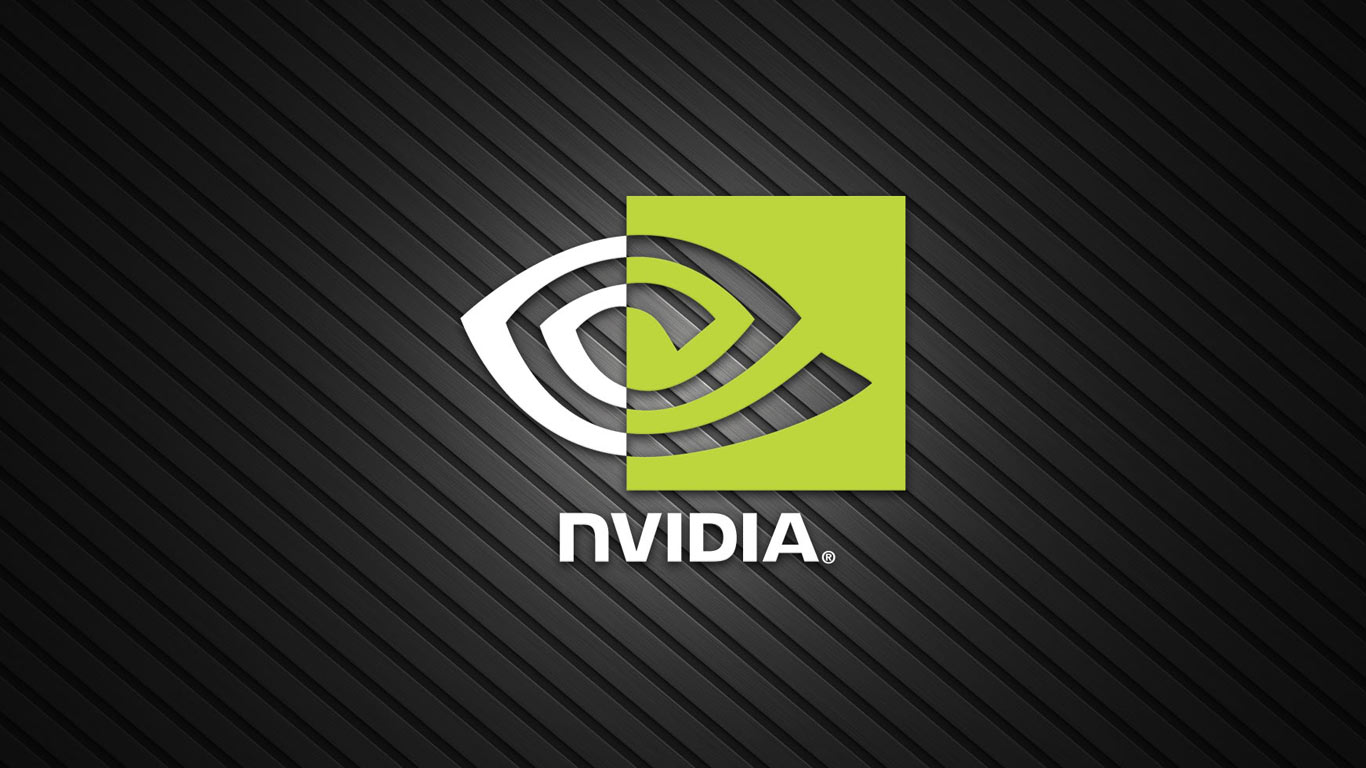
Install the driver with (here for 10.2. For compute-only servers, you should not be running an X Server. You can simply switch to the console with Ctrl-Alt-F2, logging in and turning off the xserver with sudo init 3 or in some cases you can use sudo service lightdm stop. Before Installation If you are using the NVIDIA card also for the X Server, you have to turn off the xserver. For Ubuntu 20.04 use Download 11.0 or wget For Ubuntu 18.04 use Download 10.2 orĪnd the Patch 10.2 Aug-26 2020 with wget. Download CUDA drivers from the NVIDIA webpage. If (for some reason) you want to keep the drivers, use sudo apt-get purge nvidia-cuda*. Deinstall all NDVIDIA repository drivers. We have not noticed any differences between the versions. By updating your GCC environment, you can also run 11.0 on Ubuntu 18.04. On Ubuntu 18.04 we use CUDA 10.2, because 18.04 still runs with GCC v8 and on Ubuntu 20.04 we use CUDA 11.0 (GCC v9). It is best to install the CUDA 10.2/11.0 drivers directly from the NVIDIA webpage. General steps to install CUDA Drivers and Toolkits on Ubuntu Systems 
Otherwise the system may become unstable with an automatic driver update and may result in nvcc incompatibility. I advise to manually install the CUDA driver - especially if you are on a compute node and don’t need the CUDA display drivers. The following installation procedure is tailored at Ubuntu 18.04 and 20.04.

First and foremost, you should look at the official NVIDIA Documentation. There are several resources available on the net that guide you through the installation procedure - all tailored at different purposes. Installation is still cumbersome and changes when new versions become available. NVIDIA CUDA Install on Ubuntu 18.04 / 20.04ĬUDA processing has become an integral part of data-intensive processing.






 0 kommentar(er)
0 kommentar(er)
